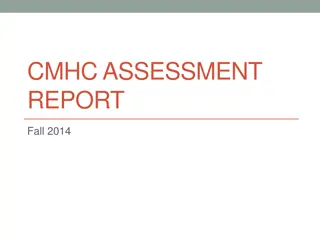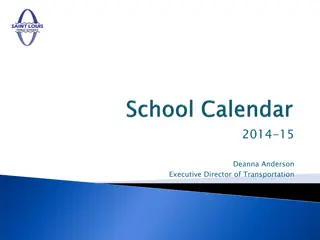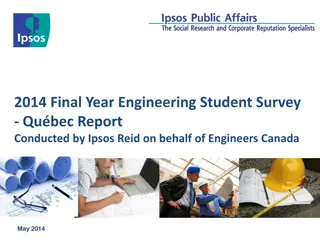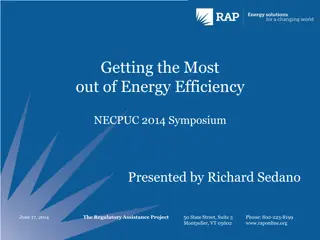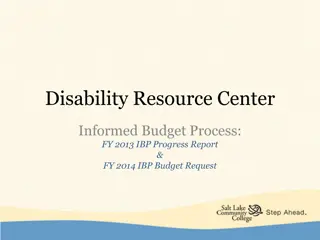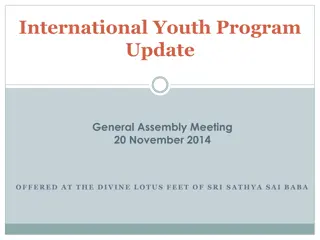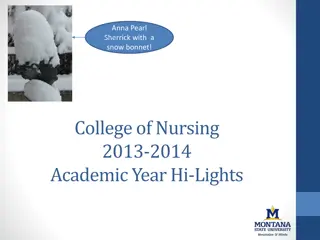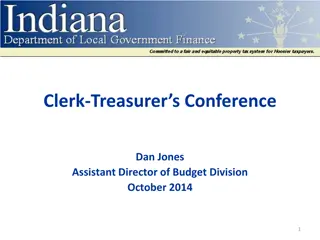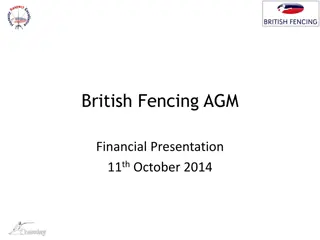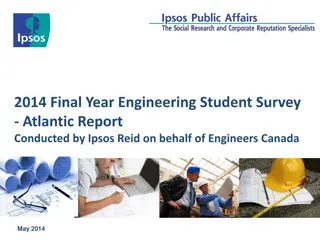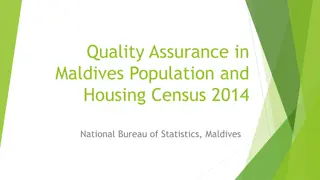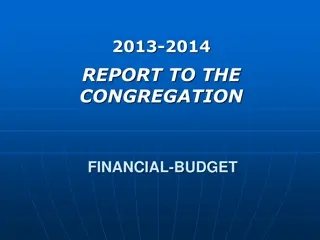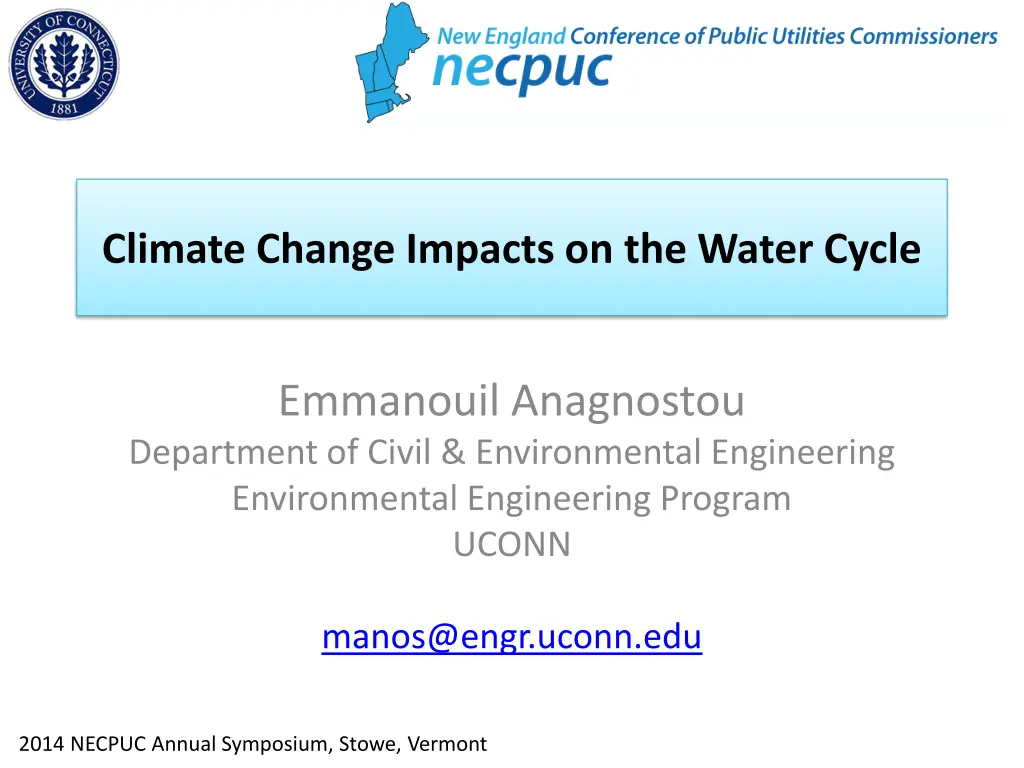
Impacts of Climate Change on Water Cycle
Explore the profound impacts of climate change on the water cycle, including changes in evaporation, precipitation patterns, and hydrological extremes. Understand how global warming influences evaporation rates, precipitation amounts, and the frequency of droughts and floods. Learn about shifting drought patterns and the increased risk of flooding due to changing precipitation characteristics. Discover the implications of climate change on water resources and the environment.
Download Presentation

Please find below an Image/Link to download the presentation.
The content on the website is provided AS IS for your information and personal use only. It may not be sold, licensed, or shared on other websites without obtaining consent from the author. If you encounter any issues during the download, it is possible that the publisher has removed the file from their server.
You are allowed to download the files provided on this website for personal or commercial use, subject to the condition that they are used lawfully. All files are the property of their respective owners.
The content on the website is provided AS IS for your information and personal use only. It may not be sold, licensed, or shared on other websites without obtaining consent from the author.
E N D
Presentation Transcript
Climate Change Impacts on the Water Cycle Emmanouil Anagnostou Department of Civil & Environmental Engineering Environmental Engineering Program UCONN manos@engr.uconn.edu 2014 NECPUC Annual Symposium, Stowe, Vermont
Global Surface Temperature Global surface temperature anomalies relative to 1951-1980 average for (a) annual and 5-year running means through 2010, and (b) 60-month and 132- month running means through July 2012. Green bars are 2- error estimates. (Credit: James Hansen, NASA GISS & Columbia University) 2014 NECPUC Annual Symposium, Stowe, Vermont
Impacts on Evaporation and Transpiration (ET) ET increases globally by approximately 2-4%/ C, as a result of Increased availability of net radiative energy at the surface Increased atmospheric demand for evaporation, due to the increased capacity of the atmosphere to hold moisture (by ~7%/ C per the the Clausius-Clapeyron relationship) 2014 NECPUC Annual Symposium, Stowe, Vermont
Impacts on Precipitation Amount & Characteristics Global average increases: 2-4%/ C Increase of flooding risk due to increase in rain volumes 2014 NECPUC Annual Symposium, Stowe, Vermont
Impact on Precipitation Characteristics (contd) Decrease of rain frequency and/or duration Increase in the number of consecutive dry days droughts 2014 NECPUC Annual Symposium, Stowe, Vermont
Drought patterns are changing Mainly decrease in rain over land in tropics and subtropics, but enhanced by increased atmospheric demand for evapotranpiration with The most important spatial pattern (top) of the monthly Palmer Drought Severity Index (PDSI) for 1900 to 2002. warming The time series (below) accounts for most of the trend in PDSI.
Hydrologic Extremes in the NE USA Most areas of the U.S.: relative increases in precipitation ranging from 9-31%; northeastern U.S.: precipitation increase ~67% Discharges are expected to increase, and with it the flood risk! - Collins et al. 2009: 25/28 New England gauges show upward trends in peak discharges - Wake & Markham 2005; Hayhoe et al. 2009 (using VIC) Greater winter discharge and earlier shift of peak flows 2014 NECPUC Annual Symposium, Stowe, Vermont
Regional Hydrologic Modeling Suitable for application in cold environments: seasonal and permanently frozen soils, snowpack on ground and canopy Provided by Dr. Fischer from the NASA Jet Propulsion Laboratory 2014 NECPUC Annual Symposium, Stowe, Vermont
Relative change from 1950 to 2011 in the amount of precipitation falling on days with precipitation exceeding the 99th percentile of daily precipitation, where the 99th percentile is estimated using 1950-1999 as the reference period. This change is based on the value for 1950 and 2011 derived from linear regression with time, instead of the actual value in these two years Basin Average change: ~240% large values found in the 21st Century are highly influential Fraction of total: increased by 0.146 Some things we may expect: larger runoff ratios (flooding), greater peak discharge, soil moisture diminished, exacerbated drought conditions however, region specific 2014 NECPUC Annual Symposium, Stowe, Vermont
1950-2011 Trends - Basin Mean Evapotran- spiration Soil Season Precipitation Runoff Moisture 3.67*10-5 vol. fraction/yr -0.00977 mm/day/yr -0.000069 mm/day/yr 0.00153 mm/day/yr DJF 5.36*10-5 vol. fraction/yr 0.00539 mm/day/yr -0.000227 mm/day/yr 0.00363 mm/day/yr MAM 1.86*10-4 vol. fraction/yr 0.01621 mm/day/yr 0.000581 mm/day/yr 0.01228 mm/day/yr JJA 1.82*10-4 vol. fraction/yr 0.01297 mm/day/yr -0.000188 mm/day/yr 0.01238 mm/day/yr SON 1.15*10-4 vol. fraction/yr 3.06529 mm/yr/yr 0.04297 mm/yr/yr 2.71428 mm/yr/yr Annual Runoff ratio: basin average increase of 0.0552 10% relative increase 2014 NECPUC Annual Symposium, Stowe, Vermont
Future Projections (2046-2065) 2014 NECPUC Annual Symposium, Stowe, Vermont
These signals of increased duration and 5 day maximum precipitation are indicators of increased flood severities (e.g. 100 yr return flood) 2014 NECPUC Annual Symposium, Stowe, Vermont
Evapotranspiration Greatest Change in the water budget variables has been to ET Potentially entering a new regime characterized by increasing ET Climate warming could increase risk of both extreme floods and/or drought 2014 NECPUC Annual Symposium, Stowe, Vermont
Conclusions Globally we expect both drought and flood risk changes due to changes in the precipitation patterns. The NE USA has been experiencing an increasingly wet regime during the latter part of the 20th century through early 21st century indications of change towards more extreme precipitation, increasing discharge, increasing runoff ratio and negligible trend in ET Significant increases in precipitation extremes have been almost entirely accounted for by increases to runoff Flood Risk How do these trends continue or change in the mid 21th Century? Precipitation extreme indicators remain statistically similar to early 21th century Flood Frequency has decreased, but the largest storms produce floods that persist for longer durations major events (100 yr return floods) present a greater risk NE has gone from a slightly increasing ET trend to a large increase (~8% in the summer) possible acceleration of the hydrologic cycle It is possible the NE US will enter a new climate regime characterized by greater drought and flood risks 2014 NECPUC Annual Symposium, Stowe, Vermont




